by Diane Johnson
Over the years, other screenwriters have told about their work with Stanley Kubrick; since his death their accounts seem of particular interest, both as a way of explicating his earlier work, which has remained the subject of critical discussion, and particularly, perhaps, as a way of illuminating his last work, Eyes Wide Shut (1999). There is still no unified critical opinion about this last film except perhaps an impression, among American critics at least, that it doesn’t quite work, and among French ones that it does. No one quite agrees about its “meaning,” and in several ways it seems to contradict some of his stated filmmaking ideas.
My own work with Kubrick in 1979 came about as a result of his reading my novel The Shadow Knows (1974), a psychological novel with certain connections to the detective story, in my mind dealing with racial issues and urban violence, or, in the minds of some readers, about the deteriorating state of mind of a young woman under stress who is perhaps, or perhaps not, being stalked. Kubrick had been browsing in the “horror” genre because he wanted, he said, to make the scariest move he could. Kubrick rose to genre challenges and had already made a great science fiction movie, a historical film, and so on; during the making of The Shining (1980) he was thinking ahead about a war movie, partly challenged perhaps by Francis Ford Coppola’s Apocalypse Now then underway (1979), and about the Schnitzler novella (Dream Novel [1926]) that would become Eyes Wide Shut.
When it came to the horror film, he did not want to make a movie that depended unduly on ghosts and gimmicks for horrific effect. Though he did not rule out the supernatural, he wanted to create a film in which the horror generated from human psychology. This was the case with my novel and also to some extent with Steven King’s novel The Shining (1977); there are some apparitions in the latter that can be taken for projections of the disturbed mind of the hero, Jack Torrance, and are also supernatural. For whatever reason, in part certainly because my novel was a first-person narrative and therefore more difficult to film, Kubrick chose to use The Shining; he did, however, choose me to write the script. For one thing, in connection with my university teaching, I had some acquaintance with the classic texts of Gothic literature—The Mysteries of Udolfo (1794) or The Monk (1796) for example. In fact, these texts would hardly affect The Shining, but at least I could recommend some books for him to read.
Literary himself, Kubrick believed in having an academic foundation, if only in his collaborators. He wanted to know what the King novel was about, in the deepest psychological sense; he wanted to talk about that and to read theoretical works that might shed light on it, particularly works of psychology and especially those of Freud. Perhaps he also thought I would be freer, less respectful, and more flexible than the author himself in tampering with the text of The Shining— almost certainly the case, since one is always more willing to tamper with somebody else’s text than one’s own. He sweetly soothed any disappointment I might have felt that he didn’t choose my novel for his film by saying it was easier to make a film of a lesser literary work, just as it was easier to make a film of an author’s minor work, for example Thackeray’s Barry Lyndon (1844) instead of Vanity Fair (1848).
Kubrick believed in adapting already existing books rather than working from original scripts. There were several reasons for this, most importantly that one could gauge the effect, examine the structure, and think about the subject of a book more easily than a script. Novelists, he thought, were apt to be better writers than screenwriters are—an idea that many would debate, no doubt. For whatever reasons in his personal experience, he didn’t have much respect for screenwriters.
I would come to London for as long as it took, and work with him. In his view, it did not matter that I had had no screenwriting experience—he seemed to view it as a craft that anyone could learn—and from my point of view it was an excellent chance to learn something about this elusive craft from a great teacher. My arrangement with him was similar to that of other writers he had worked with. Terry Southern (author of the Dr. Strangelove [1964] script for Kubrick) advised: “Be sure you don’t live out there [near the Kubricks]; stay in London or your life won’t be your own.”
I followed this advice, rented a place in London, and was conveyed to Kubrick’s house every day in an orange Mercedes driven by the chauffeur named Emilio, a trip of an hour or so. (Kubrick’s view of Terry Southern’s participation was: “He would come out once or twice a week and shout a few words from the window of the taxi”)
Kubrick and I would work in the morning, face to face across a table in a big workroom. In the afternoon he turned to the other ongoing matters of the set, casting (which was mostly done), costume, the music, and so forth, and I was invited to comment and participate as part of the process, as were members of his family, who wandered in and out, with views of their own: “Oh, Daddy, no one dresses like that” I remember objecting to some detail of the set—the way the tile in a bathroom went all the way up to the ceiling “like a gas-chamber. Bathroom tiles mostly stop at the height of the shower door.” Kubrick had the tiles torn out. He would try out different tapes and records on the family, and everyone commented on the music. I believe this evolving and organic way of attending to all the aspects of a film at the same time is an improvement on the more common practice, by many directors, of seeing how the script will come out before beginning to plan the production; the commitment built into the process in the former situation explains the consistency and deeply meditated effect of Kubrick’s films. But perhaps an ongoing group effort works only when the family is in harmony, like the Kubricks, all interested in the ongoing process. Still, it was certainly Kubrick himself who presented the options and initiated discussion of the various elements of music, casting, decor, and the like.
I would hang around until evening; then we’d have dinner and watch movies. We watched other horror movies, old Jack Nicholson films (was he better in his depressed or in his manic mode?), classics, and shows that were playing in the West End at the moment. Eventually, however late, Emilio would take me back to London. Meanwhile, the script was written in eleven weeks altogether.
Much of this time was spent in talking about it and planning the sequence of scenes; the words themselves, when we arrived at them, were relatively simple. It is not a very “talky” script, and the final version even less so than my script, which initially had much more for Wendy Torrance to say than she ultimately says. I was interested in the Wendy character and gave her some sympathetic lines. Although I did not watch the filming, Shelley Duvall told me later that she and Kubrick were a little at odds, and he had cut a lot of her lines. He said, as I remember, that she couldn’t say them. Whichever it was, the result was not the “round” Wendy as I had hoped to characterize her (and so did King), but a moist character reduced to tears and whimpers.
There were a couple of other cuts from the script-one I found unfortunate when I finally saw the film at a screening Kubrick arranged in London a few weeks after it had actually come out. For me, the important scene, taken from Steven King’s book, is where Jack discovers a scrapbook of clippings in the boiler room of the hotel, and finds in it plots and details he needs for his writing. In King’s book, this scrapbook is the poison gift of fairy tales, which, when he accepts it, entangles the hero in consequences he will regret. In accepting material to help him earn literary glory, Jack barters his soul, becomes the creature of the hotel. This motivation scene existed in the script and I understand was filmed; it was simply taken out at the last minute for reasons of time. It would be interesting to see it restored, to know what it would add. Without the scene, which explains Jack’s transition from depressed and blocked writer to one suddenly filled with (demonic) energy, writing at great speed and piling high the pages of manuscript, his change seems abrupt and unmotivated.
For Stephen King, I gather from his remake of The Shining (1997), the character flaws of the father were of less interest than the supernatural powers of foresight of Danny, the little boy; and the hotel was the true villain, evil locked in combat with the good child. It was the character of the father that interested Kubrick; the powers of the boy were mainly metaphorical, a child’s heightened sensitivity to the demons rising in the adults who have power over him. To what extent supernatural forces existed and to what extent these were psychological projections was something we discussed at length, finally deciding that the ghosts and magical apparitions at the Overlook Hotel were both, that the supernatural was somehow generated by human psychology, but, once generated, really existed and had power. Could Lloyd, the ghostly caretaker/bartender open a door, for instance to let Jack out of the freezer? Pour him a drink? Hand him a baseball bat? The answer had to be yes.
He was concerned that the movie be scary. We sought in the works of Freud, especially his essay on the uncanny and in other psychological theories, some explanation for why things are frightening, and what things are frightening, for instance the sudden animation of an inanimate figure. Dark is scary. Eyes can be scary. Kubrick would avail himself of these and other traditional ingredients of horror, for instance the moldering corpse of the woman in the bathtub, which was also in King’s text. But it was typical of Kubrick to want an explanation for the nature of horror, wanting to understand the underlying psychological mechanism but also willing to accept the convention of the supernatural. Thus he wanted a “rational” explanation for the haunting of the hotel; he was drawn to the idea that the place rested on the site of Indian massacres or that building it had desecrated some Native American tombs, with all the ghosts and hauntings summoned thereby. Clearly, he had no objection to the idea of something being haunted, that is, of the supernatural per se, it was just that there had to be a reason for it. He was quite capable of living with the paradox of something being both true and untrue at the same time.
Geoffrey Cocks, in his essay on some of the symbols in The Shining, has suggested Kubrick’s preoccupation with the Holocaust is demonstrated in such details as the 237 room number, or the recurrence of sevens. Certainly this focus was never mentioned to me or discussed as part of his conscious intention, but his interest in the extermination of Indian peoples might argue for Cocks’s idea. The whole notion that certain unconscious motifs creep into Kubrick’s films the way they would into any novelist’s works, without the conscious collusion of the artist, is certainly valid. In the finished film, the idea of tainted ground and Indian ghosts malevolently hovering over the hotel does not really achieve visual or other expression, but it served to generate some of the creativity of the filmmaker, and indeed some of the decor.
Kubrick’s alleged intellectualism—one could almost say he has been accused of it—by which is usually meant overintellectualism, is one of the strangest objections to art, and one that is accepted too easily and without examining the ways in which intellectualism is in fact the correct approach to art. To me it seemed that Kubrick’s rational and analytic approach to the complex matters of filmmaking was part of the essence of his genius. Film is not a medium where one is advised to plunge in with high hopes and a vague idea. The novelist can, to a certain extent, wing it in a new work, though even with the novel, a certain amount of preplanning is indispensable, and the more that can be known in advance of the writing, the greater the room for inspiration.
We each began by deconstructing King’s novel separately, reducing it to essential scenes, comparing our lists of scenes, and winnowing them down to a hundred or so. I tore bits of exposition and dialogue out of a paperback copy of the novel and put them in little envelopes on which were written “# 1 The Arrival,” and so on. I still use the scissors I used to cut the pages! Kubrick was considerate of his writers and insisted they have the equipment most comfortable for them: Which typewriter would you like? (An Adler, just as Kubrick used and Jack uses in the film.) Scissors? Size and color of paper? He had his own habits when it came to colors of paper; for some reason the pages I still have are pink or blue. These colors represented the drafts at various stages. Left to myself I would never use pink or blue paper to write on (only yellow), but it seems I was docile in the case of this system of color-coding.
Next came the process of deciding on a structure, that is, which scenes, which additional scenes, and in which order. We used an eight-act structure divided roughly into timed sequences, sketched out by Kubrick: First Day, Day of the Psychiatrist; Arrival; Before the Snow things are going well; Snow (lull); Big Day (argument, radio dead, finds scrapbook, key to room 217, Lloyd, Jack to room 217 [see 216n77]); Night scene, with Sno-Cat distributor cap; last, Elevator, calls to Halloran, last twenty-four hours of terror. He saw the first four sections as lasting forty-six minutes and the rest seventy-six—which of course the film greatly exceeded.
The Overlook Hotel was a world in which supernatural things happened. The ghosts of the hotel had appropriated the soul of Jack; they showed him shades and past events. But . . . certain rules applied. No artist would be an artist if he did not review and modify his principles, and one of Kubrick’s firmest was that there should be no violations in the basic verisimilitude. I believe he never modified this principle. He would permit no unbelievable things of the kind that are seen in too many films, for example the common one where the character who decides to jump into a car and escape, finds the keys already in it. The world of the film can be a fantasy world, but within its terms it must conform to what we know of the real world. We had long and animated discussions about whether ghosts, immaterial beings, could open material things like doors, as when Lloyd lets Jack out of the freezer, and who “was” the hotel? This was a point-of-view question, since the point of view was often the hotel itself in its material, personified, seeing, incarnation.
People have complained about the “unbelievable” things in Eyes Wide Shut— how does the Tom Cruise character have so much money in his wallet? Why are the street names incorrect? It could be argued that if they were constructing a dream New York, Kubrick would have told the screenwriter Frederic Raphael; but then, he did not ever mention to me the Holocaust allusions that Geoffrey Cocks argues for in his article on The Shining. How many of such details are conscious, and at what point they enter the filmmaking process remains unclear. In a sense the dream nature of Eyes Wide Shut is self-evident, and certainly the Schnitzler title Dream Novel specifies the dream nature of the hero’s experience. As in a dream, a texture of fears and wishes unfold—a lover waltzes away with one’s wife, a patient’s pretty daughter confesses her passion, a prostitute both beck-ons and threatens death, the erotic fantasies of men about little girls are made frighteningly specific. The wallet always has enough money in it. . . .
The film is a kind of ground plan of the male psyche, mapping the fear, desire, omnipresence of sex, preoccupation with death, the connection of death and Eros, the anxiety generated in men by female sexuality—Freudian subjects, Schnitzler’s subjects—and it seems to me that Kubrick took some pains to situate the action not in the real but in some dream version of the world, just as in Schnitzler’s story. It could be argued that this would have been clearer and more effective set in the period of Schnitzler’s writing, when certain ideas, for instance, that women had sexual desires, were less commonplace than they are today. In fact, the modern setting fades to a timelessness of decor and dress—Tom Cruise’s evening dress, the cliched costumes of the orgiasts—and all the archetypes of the unconscious wear the costumes they might have worn for Schnitzler and Freud.
Depth of Field: Stanley Kubrick, Film, and the Uses of History (edited by Geoffrey Cocks, James Diedrick, Glenn Perusek), pp. 55-61

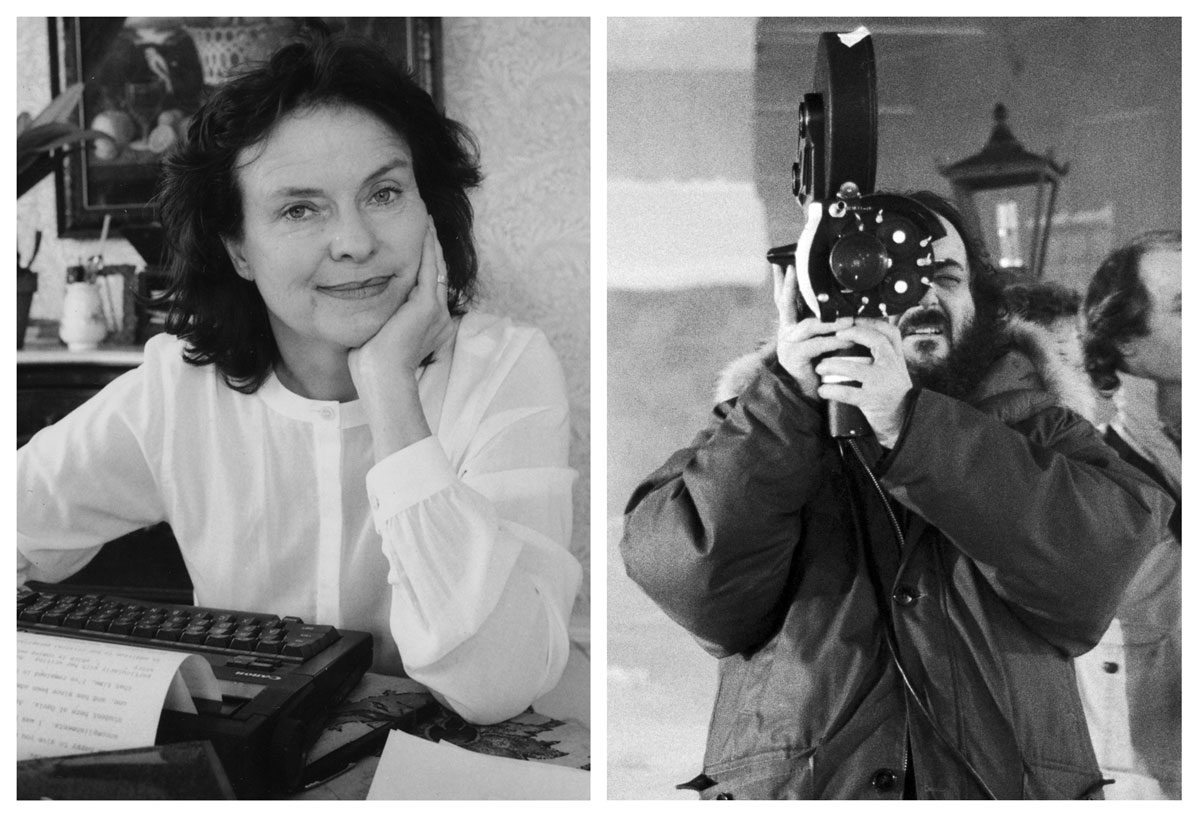
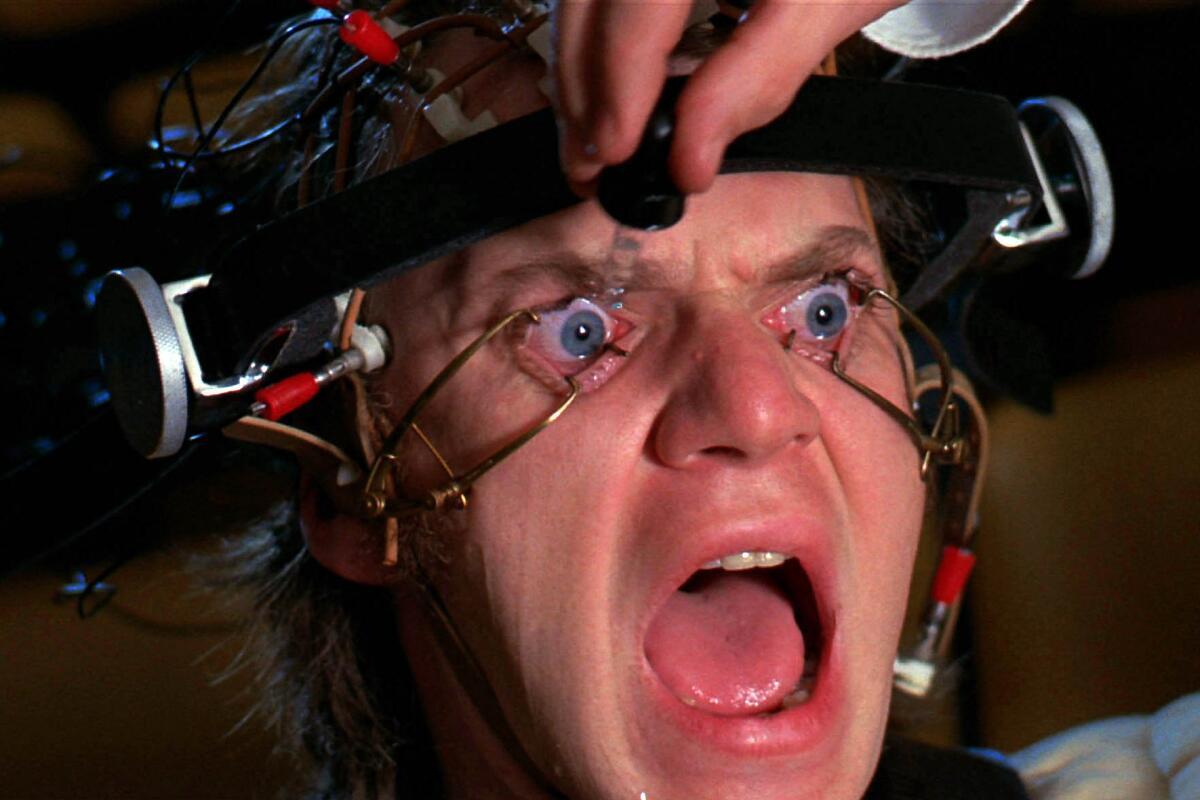
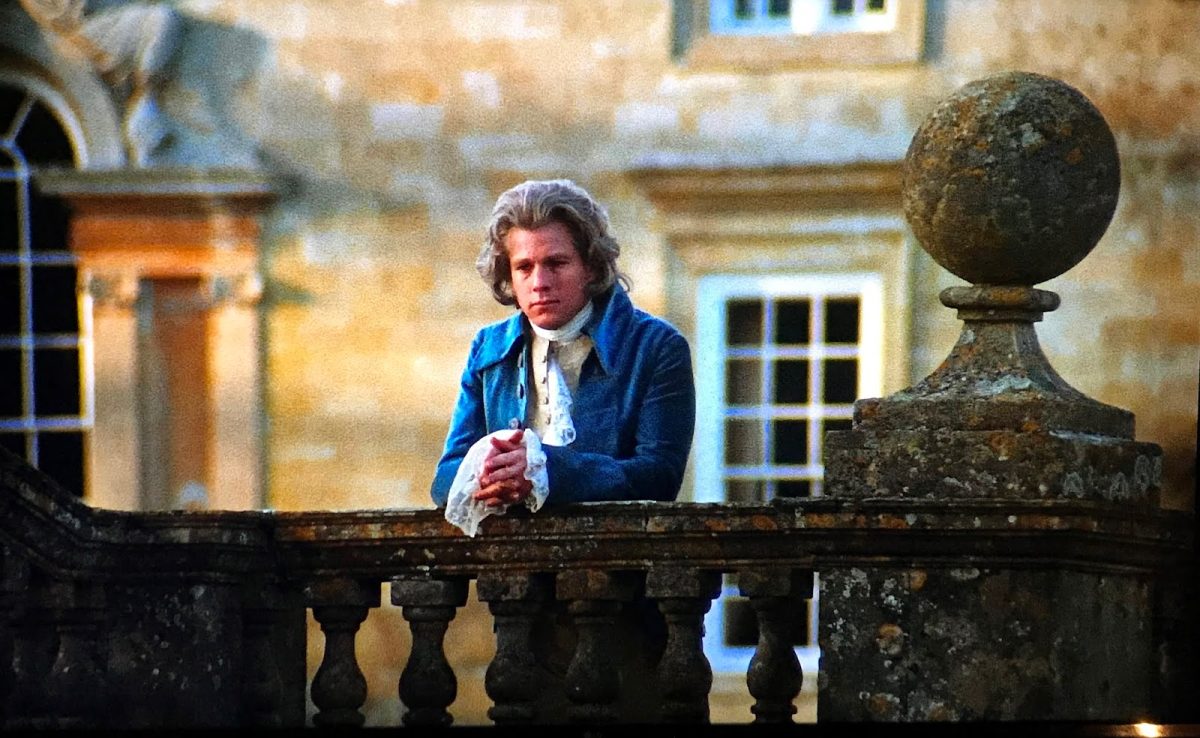
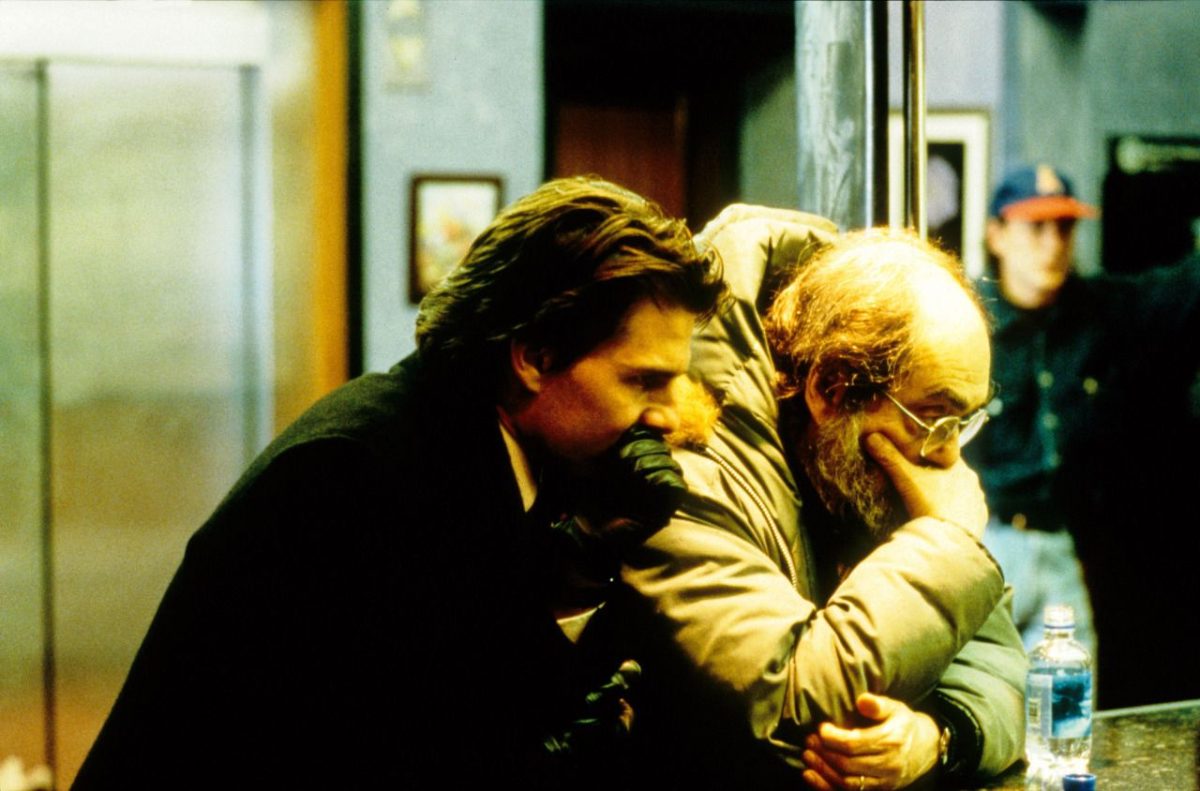
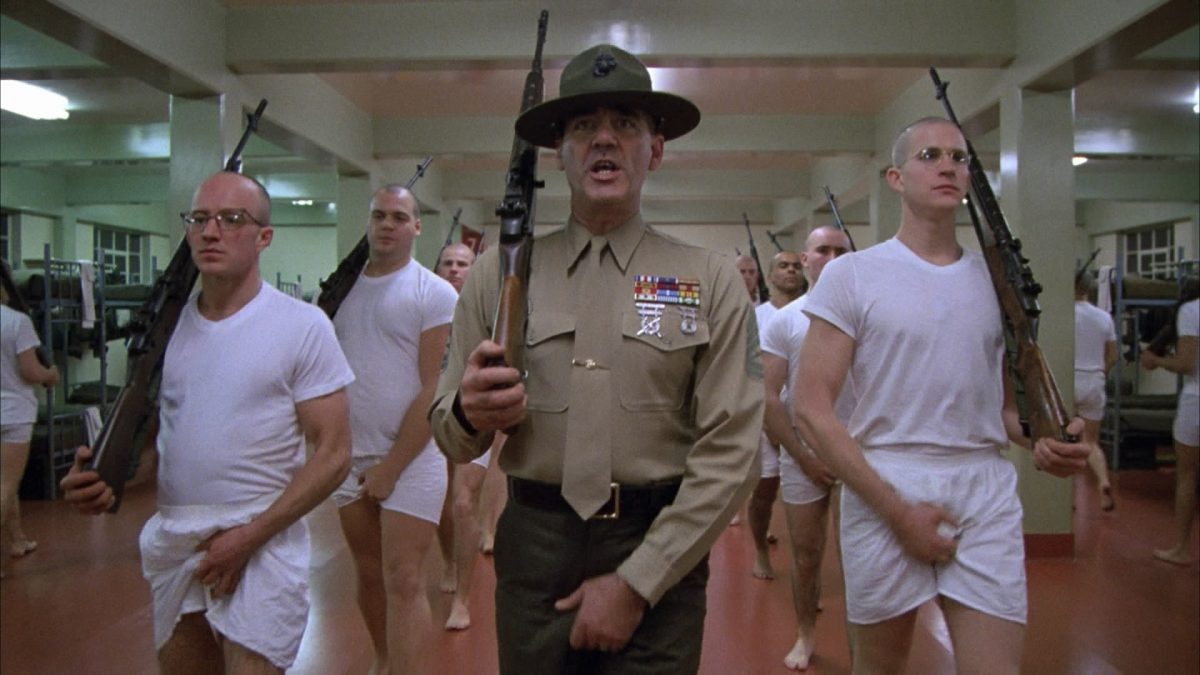
11 thoughts on “DIANE JOHNSON: WRITING ‘THE SHINING’”
Speaking like true Brits in lying and denial, Johnson and Kubrick attempt to seriously forge a meaning out of a nonsensical propagation revision of reality that even the author of the original publicly hated and disconnected from. When you can’t say anything nice about anyone, shut up and stay home.
Kubrick and Johnson are both American.
I wish you had taken the advice of your last sentence.
How does this level of asshole end up here? Why was I born with such contemporaries?
“Lies & denial!” screams AMERICAN HISTORY AND REALITY. Oh, the irony!
Unbelievably ignorant comment.
Thanks for posting these Diane Johnson interviews. BTW, when was this interview actually done? I see it’s an excerpt from a book..wish there was some way to contact Diane Johnson now. Pretty sure she’s enjoying her retirement but with her being in her 80’s now, arranging an interview with her would be a matter of some urgency.
Would be interesting to read her original script to see which lines for Wendy were cut. The cut scrapbook scene shouldn’t have been removed, because in the film as is, Jack goes crazy much too quickly. You can see the scrapbook on the table during the scene where he tells Wendy to “get the f*** out of here.”
Also, Johnson in this article confused Lloyd with Delbert Grady. And she spelled Stephen King’s first name wrong the first few times.
Dully noted.
Right, Delbert Grady and not Lloyd was the one who supposedly opened the larder door. The absence of the scrapbook more explicitly in the film seems to suggest that Kubrick wanted to keep his film as open-ended and ambiguous as possible, with very few explicit explanations and confirmations, so that spectators could each project their own individual interpretations and fears onto the film canvas in trying to fill in the blanks of the presented narrative. And this works really well, since each spectator builds his or her own ‘unconscious’ version of the Overlook Hotel in the mind, instead of following a rational explanation.
What an awesome article!
There are so many theories online attempting to “finally explain” The Shining.
Your text provides great insight into the creative process. Thank you!